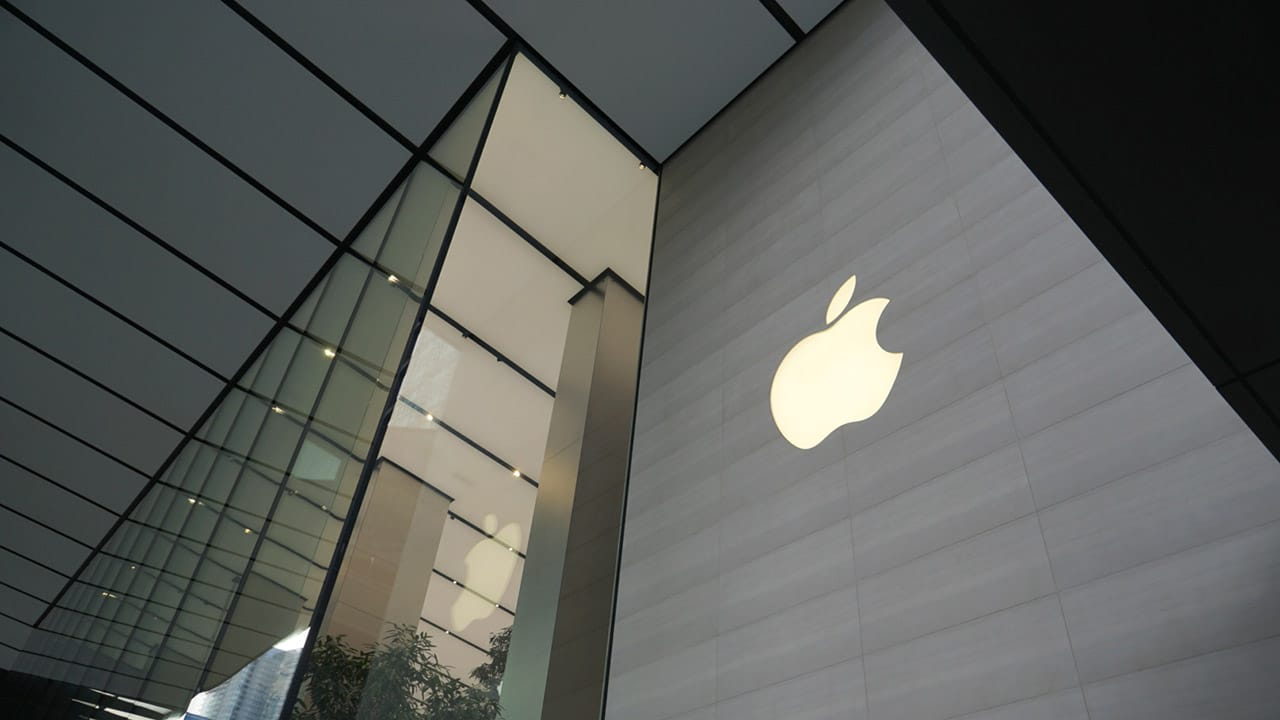News
Hundreds of iPhones, thousands of SIM cards used in Thailand click farm

Click farms, by definition, are underground groups composed of low-paid workers who boost a website or app’s engagement and ad revenue by giving overly positive ratings and lots of, well, clicks. This is how some platforms garner the excessive number of followers and ad money they have. This practice isn’t a well-kept secret, but it’s always interesting to see how some get caught.
The latest of which happened in Thailand yesterday. Two rented houses in Ban Mai Nong Sai, Aranyaprathet District were raided by local Police, who found a total of 474 iPhones (a mix of iPhone 5s, 5c, and 4s models), 347,200 SIM cards from Thai mobile carriers, and more electronics.
The raid came with three Chinese suspects who were arrested on the spot. They later pinpointed the source of their wares, which was operated by two other Chinese men in the Muang Aranyaprathet district of Sa Kaeo province. There, police found an additional 100,000 SIM cards and more gadgets in a house. Witnesses living in the area claimed the two suspects fled the night before the inspection.
This video shows the actual site of the click farm:
Meanwhile, the three Chinese nationals claim a company in China has been supplying them with the cash and supplies for the operation. They were being paid THB 150,000 ($4,420) per month to keep the click farm alive. The name of this company is still unknown.
So, what exactly were they illegally doing? According to the same report, the trio increased engagement for China-sold products by creating artificial page views, reactions, and shares through WeChat, which is also based in China.
Why pursue this business in Thailand? Because it’s a lot cheaper to operate there than in China.
Again, this isn’t anything new. This bust may very well be just the tip of the iceberg for many more click farm raids to come, and they might be happening in a house near yours.
SEE ALSO: Unhappy customer walks into Apple Store, destroys Apple products
[irp posts=”4932″ name=”Unhappy customer walks into Apple Store, destroys Apple products”]
Source: Bangkok Post

News
Xiaomi Redmi A3 Philippine pricing, availability
Budget smartphone with high refresh rate display

Xiaomi is bringing high refresh rate displays to its budget line with the announcement of the Redmi A3. The latest addition to the entry-level Redmi line boasts of an expansive 6.71-inch HD+ display with up to a 90Hz refresh rate.
The Redmi A3 is available in Midnight Black, Star Blue, and Forest Green. The smartphone is priced at PhP 3,399 (3GB+64GB) and PhP 3,999 (4GB+128GB) respectively for its two configurations.
Customers may preorder the phone until April 27 via Lazada, Shopee, and TikTok. General sale begins April 26th in all Xiaomi stores nationwide. Freebies are a Basic Piston Earphone for online purchases and a 3-month Viu Premium subscription for in-store purchases.
The Redmi A3’s immersive screen allows users to consume various content in high-definition with better smoothness, a boost for a phone of its price point. The screen has Corning Gorilla Glass 3 protection as well, and DC dimming to reduce blue light exposure.
The phone also sports a refined design that lets go of the iPhone-looking camera arrangement. Instead, the main camera is now in the middle as part of a watch face-looking setup similar to other Android phone offerings.
Speaking of, an 8MP main shooter highlights the back of the Redmi A3. In front is a 5MP front camera. The phone is powered by a MediaTek Helio G36 processor and runs on an Android 14-based OS. Furthermore, it has a 5,000mAh battery with 10W of USB-C charging.
Other handy Redmi A3 features for users to utilize include a 3.5mm jack, Face Unlock, and Fingerprint Unlock.
For the longest time, Google kept Pixel and Android behind two different teams. While the Pixel team dealt with devices made by and for the brand, the Android team ships a product meant for brands outside of the company’s purview. However, the days of separation are at an end. Google is officially merging its Pixel and Android teams together.
In a shocking announcement, the company has confirmed that the teams handling hardware and software will fall under a single team headed by Rick Osterloh. Prior to the merge, Osterloh was the senior vice president of devices and service, which was Google’s hardware branch. He will now oversee both hardware and software.
Because of the new leadership change, Hiroshi Lockheimer, former head of Android, will now move on to other projects within Alphabet. Of note, the change is not harsh for Lockheimer. He and Osterloh had been contemplating on the merge for a while.
Now, why the change? As is the case with everything today, it’s all because of AI. Speaking to The Verge, Osterloh explains that the merge will help with “full-stack innovation.” With how technology is these days, it’s now impossible to develop AI without having a close eye on hardware, such as in Google’s AI developments for the Pixel camera. Merging the teams will help streamline development, especially when hardware is involved.
Despite the change, outside brands, like Qualcomm’s Cristiano Amon, remains confident of Android’s capabilities outside of Google. Just expect more AI coming out in the near future.
Since the Pixel 6 series, Google continues to wow the market as one of the most unique camera designs available in the market today. This year, the brand’s Pixel 9 series might reinvent itself again with a slightly updated redesign.
Between the Pixel 6 and Pixel 8 series, Google introduced a wraparound camera island extending from the left edge to the right edge. While most smartphones today still use the traditional top-left island layout, Google’s lineup consistently grabs admiration from onlookers.
Now, according to an early leak (from Rozetked, via 9to5Google), Google might cut the camera island’s size before it reaches either side of the Pixel 9. The remaining chunk looks like a horizontal pill-shaped camera island right in the middle of the rear panel. It looks like a common camera island comically enlarged and turned on its side. Alternatively, it also looks like a webcam attached to a phone.
Based on the new leak, the new camera island will have three unknown lenses, the usual LED flash, and an unconfirmed sensor. Besides the different camera, the leak also confirms the usual tray of hardware on the side. There’s nothing too revolutionary.
As always, the Pixel 9 series is scheduled to come out in the fall of this year.
SEE ALSO: Pixel 9 series will reportedly come in four models
-

 Features1 week ago
Features1 week agoFortify your home office or business setup with these devices
-

 Events2 weeks ago
Events2 weeks agoStellar Blade: PlayStation taps cosplayers to play Eve for game’s launch
-

 Gaming2 weeks ago
Gaming2 weeks agoThe Rogue Prince of Persia looks like an ultra-colorful roguelite
-

 Accessories2 weeks ago
Accessories2 weeks agoLogitech unveils G Pro X 60 gaming keyboard: Price, details
-

 Gaming2 weeks ago
Gaming2 weeks agoStar Wars Outlaws release date revealed
-

 Reviews1 week ago
Reviews1 week agorealme 12+ 5G review: One month later
-

 Gaming2 weeks ago
Gaming2 weeks agoLenovo confirms development of a Legion Go 2
-

 Deals2 weeks ago
Deals2 weeks agoTCL P635 TV: Big savings for TCL’s anniversary
























